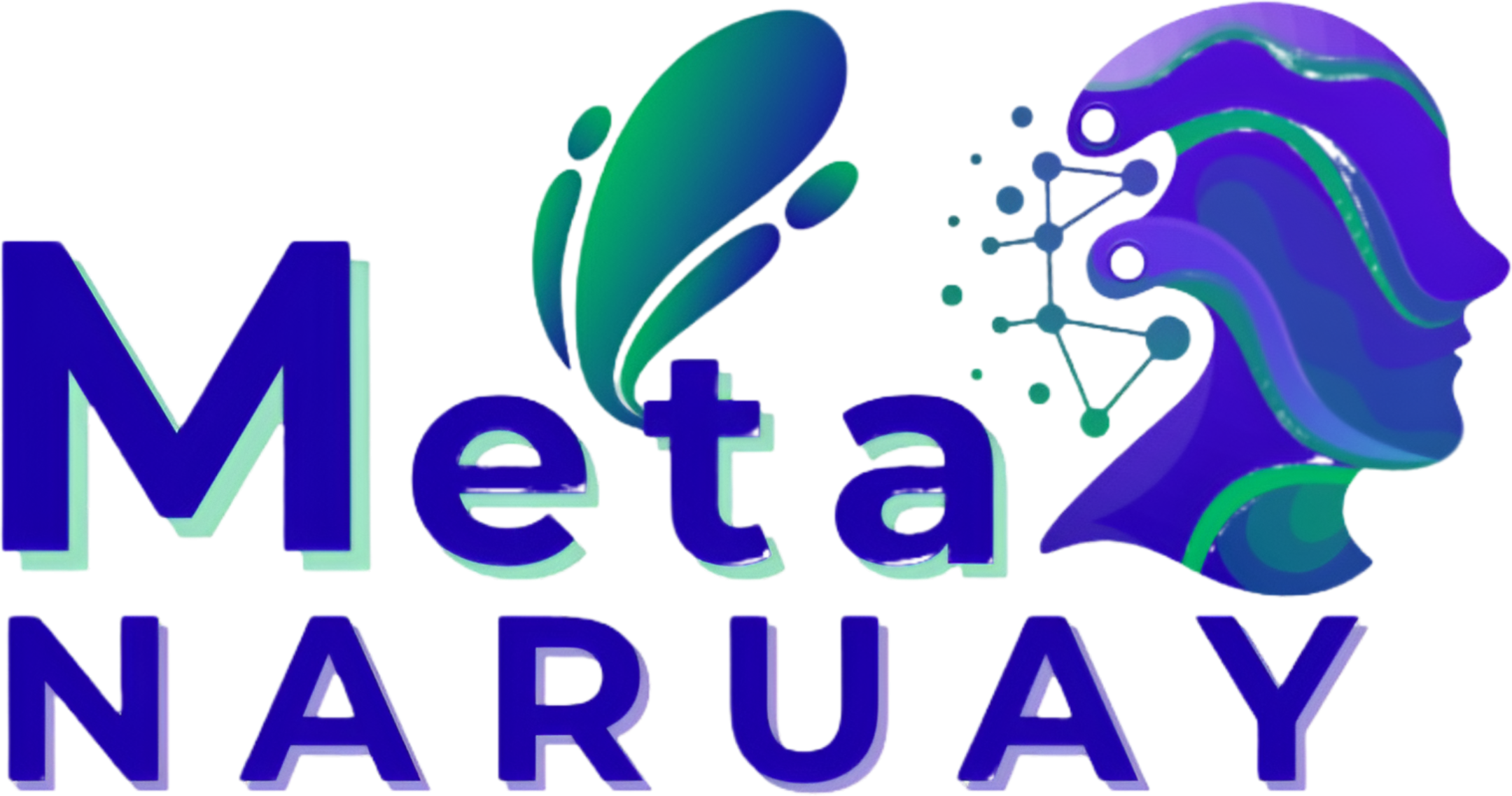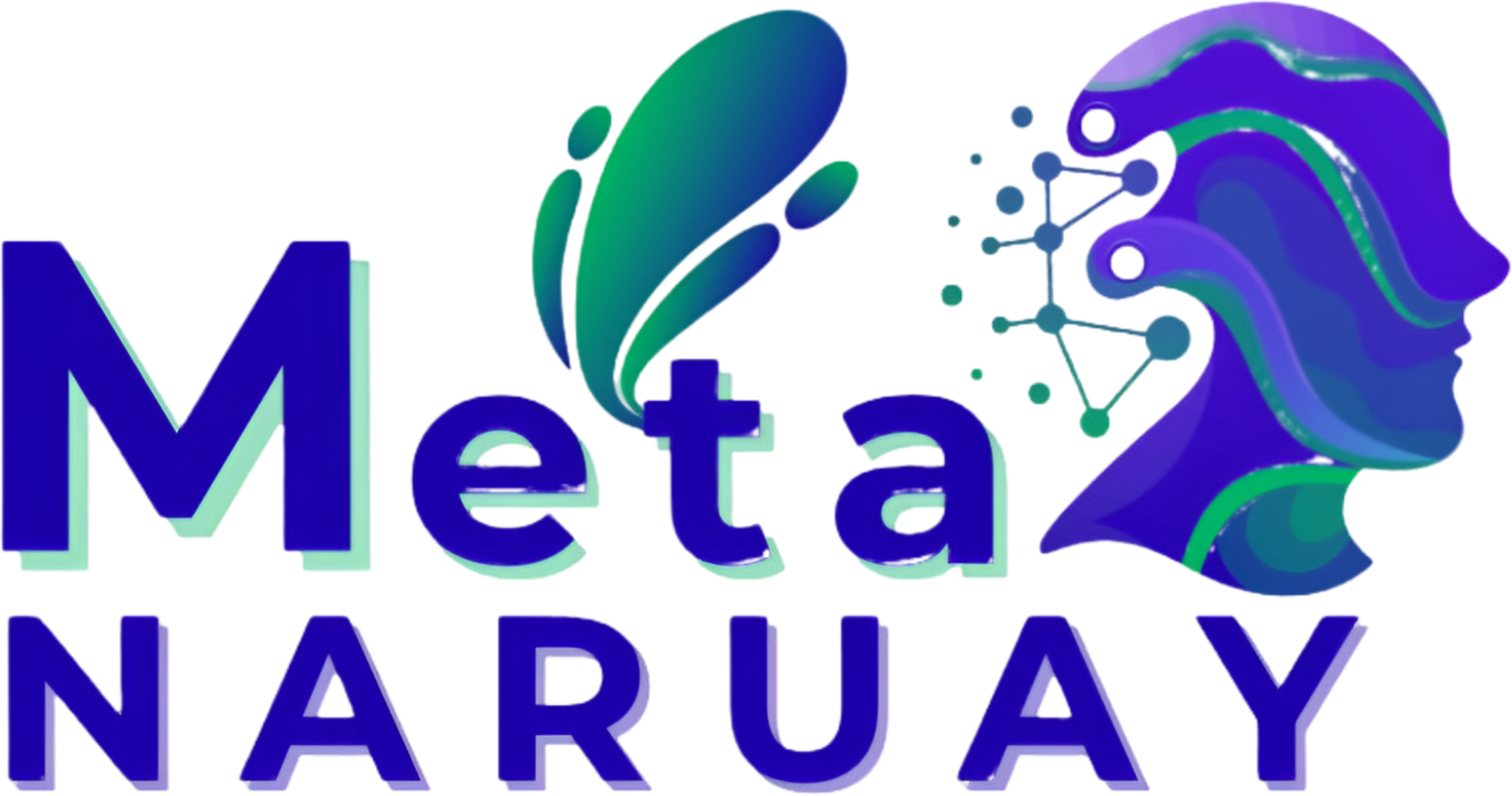The Callus Treatment Market growth is accelerating as dermatologists, podiatrists, and consumers increasingly prefer advanced treatments over traditional home remedies. Growth is propelled by the rise of minimally invasive therapies, advanced creams, and awareness campaigns focusing on foot health.
Growth Drivers
Increasing prevalence of diabetes, obesity, and aging-related foot issues has created significant demand for effective callus treatments. Cosmetic foot care trends, especially in Europe and North America, also fuel growth in this segment.
Technological Innovations
-
Medicated creams and exfoliating agents with high efficacy.
-
Laser therapy for precision callus removal.
-
Foot masks and protective pads for preventive care.
Regional Growth Patterns
-
North America: Largest market due to early adoption and high awareness.
-
Europe: Consistent growth owing to wellness trends and dermatology research.
-
Asia-Pacific: Rapid adoption in urban centers due to increasing healthcare accessibility.
Challenges
High product costs and lack of awareness in emerging regions are key barriers. Regulatory hurdles and varying standards of treatment also affect adoption.
Future Outlook
The market is expected to continue growing as technological innovations and preventive care solutions expand globally, addressing unmet patient needs effectively.
Successful mergers and acquisitions hinge on meticulous planning and a strategic, forward-looking mindset, beginning with the precise identification of the most suitable manufacturers, partners, or collaborators. By segmenting potential clients and partners based on specific demographics or market characteristics, organizations can concentrate their efforts on relationships that offer the highest strategic value. This focused approach ensures alignment with overarching corporate objectives while fostering long-term, mutually beneficial partnerships that enhance market positioning. Utilizing accurate, high-quality data and conducting comprehensive analyses is essential, providing robust support for internal decision-making and external communications, and equipping stakeholders with the insights necessary for informed choices.
Moreover, companies can uncover growth opportunities by pursuing targeted initiatives in sectors traditionally dominated by larger competitors. Strategies such as licensing, co-development, and strategic collaboration enable businesses to tap into promising opportunities, expand their reach, and strengthen their market presence. Proactively tracking emerging competitors with strong product portfolios and anticipating their strategic moves allows organizations to maintain a competitive edge, staying ahead in a dynamic market rather than reacting to changes.
Equally important is a thorough understanding of competitors’ research and development activities, which informs effective R&D strategies. By leveraging actionable insights, market intelligence, and competitive analysis, organizations can drive innovation, refine product offerings, and make data-driven decisions that promote sustainable growth. Integrating these practices equips companies not only to execute mergers and acquisitions successfully but also to secure enduring competitive advantages, fostering long-term success and reinforcing market leadership.
FAQs
Q1. Who are the key manufacturers?
A1. Leading companies providing topical, laser, and combination treatments with digital monitoring integration.
Q2. What strategies help manufacturers lead?
A2. Innovation, R&D investment, regulatory compliance, and strategic partnerships.
Q3. Which regions host most manufacturers?
A3. North America and Europe, with Asia-Pacific emerging.



